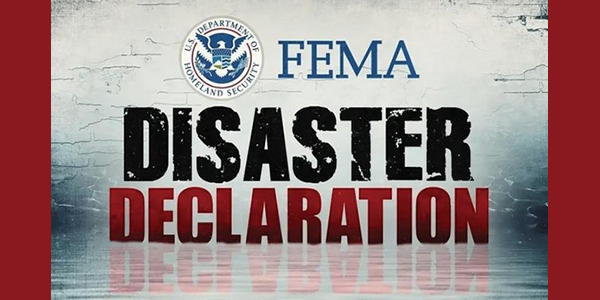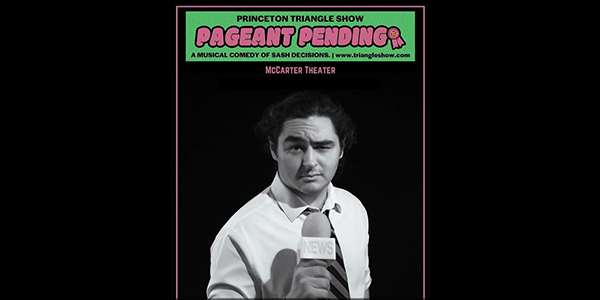— from State Recreation and Conservation Office —
The state Recreation and Conservation Office is accepting grant applications now in three different programs: 1) to conserve working farms; 2) to conserve working forests; and 3) to build facilities for large boats.
“As Washington’s population continues to grow, the pressure increases to turn working forests and working farms into subdivisions and strip malls,” said Kaleen Cottingham, director of the state office. “The working farms and forests grants provide landowners a way to receive income for development rights and conservation practices while keeping their farms and forests profitable and productive.”
Under the Washington Wildlife and Recreation Program, landowners can receive cash for voluntary land retention agreements, also called conservation easements, which prevent future development on farms, ranches and working forests.
Washington lost more than 2.6 million acres of farmland since 1950, a 15 percent drop, and about 700,000 acres of forestland since 1978.
“Losing these lands threatens our economy and areas important for fish, wildlife and clean water,” Cottingham said. “If we can keep these working lands working, we continue Washington’s vibrant natural resource-based economies and help retain our amazing quality of life.”
This program can help support Washington’s forest and farming economies. The state’s $10.6 billion agriculture industry employs about 160,000 people. Washington is the second largest lumber producer in the nation. More than 1,700 forest product-related businesses call Washington home, supporting 101,000 workers and gross business income of about $28 billion a year.
Who Can Apply?
Landowners are not eligible themselves but must partner with a city, county, nonprofit nature conservancy or the State Conservation Commission.
To be eligible, farmland must meet the definition of “Farm and Agricultural Land” or “Farm and Agricultural Conservation Land” in the Open Space Tax Act.
To be eligible, forestland must be devoted primarily to timber production and must be enrolled in a county’s open space or forestland property tax program and must remain in the county program for the duration of the conservation easement. Eligible projects include land purchased for an industrial, private, community, tribal or publicly owned forests.
How Much are the Grants?
The maximum grant for forestland preservation is $350,000. There is no cap for farmland preservation grants.
When Are Applications Due?
Pre-applications are due May 1st and final applications are due June 4.
Boating Grants
In addition to grants for farms and forests, the Recreation and Conservation Office also is accepting applications in the Boating Infrastructure Grants program. This program provides grants to develop, renovate and maintain boating facilities for recreational vessels 26 feet and longer. Grants also may be used to provide boater education.
Cities, towns, counties, Native American tribes, port districts and some other special purpose districts, nonprofits, private operators and state agencies may apply for these grants. Applicants can request from anywhere from $5,000 to $1.4 million, depending on the type of grant they are applying for. Pre-applications are due May 1st and final applications are due July 1.
More Information
RCO will host an online Webinar at 10 a.m., March 7. This 45-minute session includes information to help people prepare and submit grant applications. Register for the Webinar.
Details about farmland preservation grants, forestland preservation grants and the Boating Infrastructure Grant program can be found online.
**If you are reading theOrcasonian for free, thank your fellow islanders. If you would like to support theOrcasonian CLICK HERE to set your modestly-priced, voluntary subscription. Otherwise, no worries; we’re happy to share with you.**








Why only for LARGE boats? This sounds like pork for rich yacht people. What about the ordinary working people who are already losing moorage space because it is simpler and more profitable for marinas to rent to one big boat that is seldom used than to two or three smaller boats that people use all the time? This makes no sense. Aaaarghh!!!